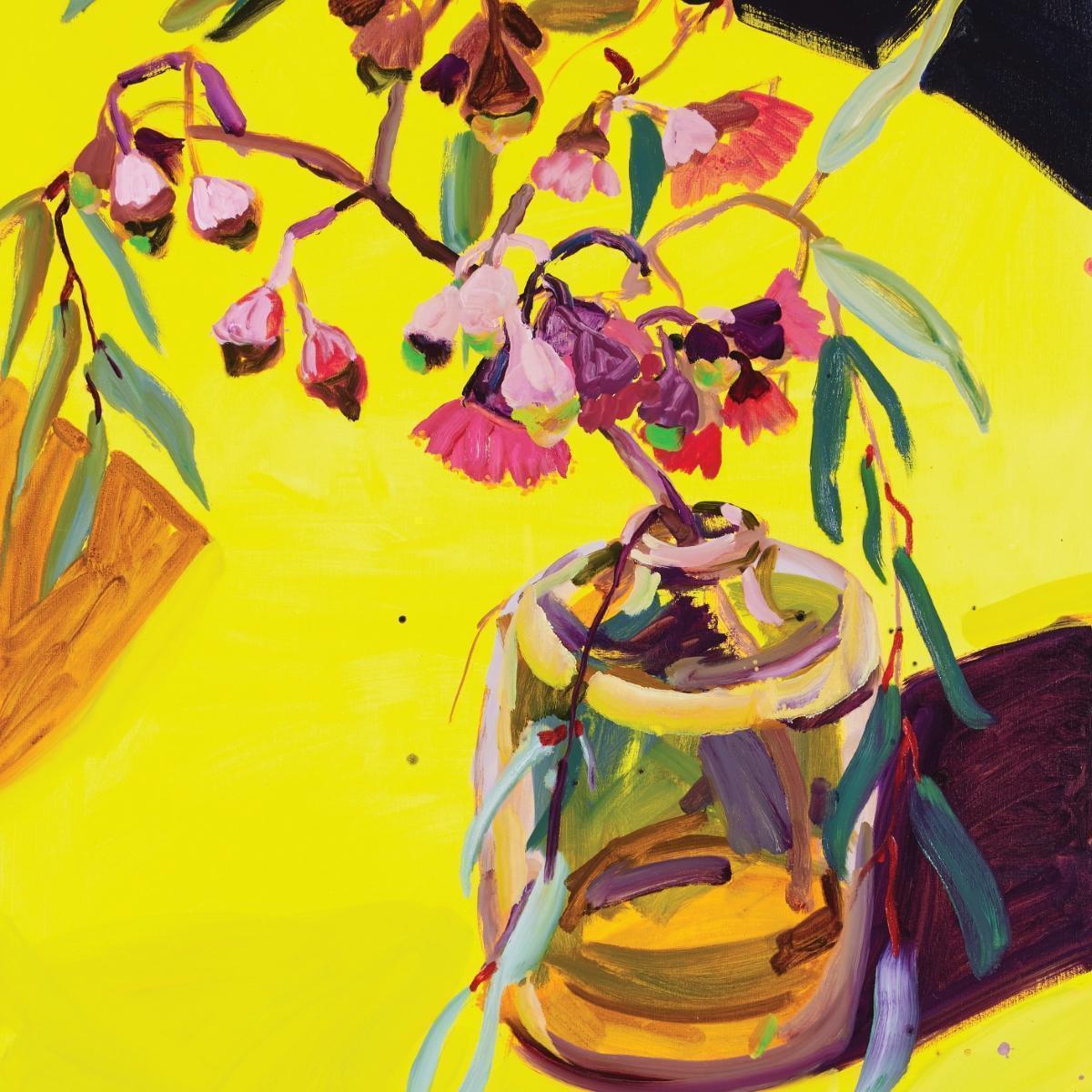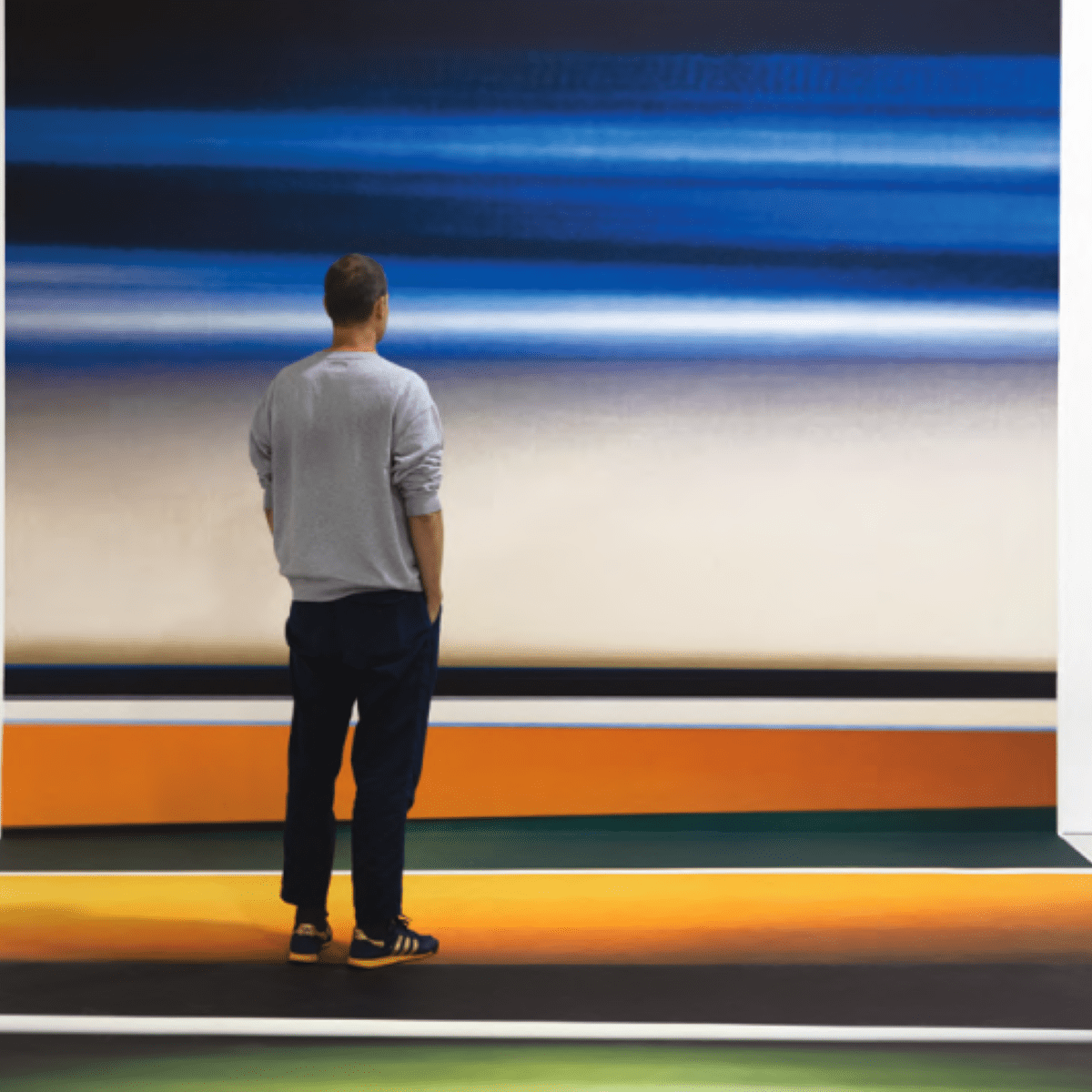New Directions: Alex Seton
Artists who have recently taken their practice somewhere different.
Words: Judith Blackall
Alex Seton is renowned for his masterful sculpture in marble; skilfully rendered everyday items of modern utility, such as life vests, anoraks and plastic stackable chairs that belie the traditional monumentality of stone. Recent exhibitions A History of Forgetting at the Tweed Regional Gallery & Margaret Olley Art Centre and Permanent Good Stream, Some Rocks at Sullivan & Strumpf, Sydney, saw Seton juxtapose new video work, photography and a musical score alongside his refined sculptures in local Wombeyan marble. Increasingly, he is integrating different media in his projects to heighten the themes he’s passionate about.
Seton is energised exploring new materials and ways of working. In mid-2022 he undertook a six-week residency at Canberra Glassworks, where he found the laval fluidity of molten glass and physical dexterity required in its handling to be both challenging and exciting. Reflecting upon this new direction, Seton described the experience: “I loved working with glass, the short working time and immediacy of the molten glass that’s created with a set of balletic movements by the team of glassmakers – couldn’t be more different from the solitary slow and static state of marble carving.”
He’s created a new series of light works specifically for a solo exhibition in Newcastle’s The Lock-Up (until 5 February 2023). Titled Everything was beautiful, and nothing hurt, nine light works installed throughout the old cells and prison yard offer homage to a local artisan glass industry, Leonora Glassworks, which operated in Newcastle from 1947 until 1982. Elongated columns of fluid glass and light remind us of modernist chandeliers that featured prominently in the foyers of 50s and 60s-era buildings, clubs and RSLs. Here, Seton explores local histories of post-World War II Australia, immigrants and industry, wartime culture and endeavour, notions of beauty, progress and modernism.
Layers of poetic and political meaning are at the heart of Seton’s work. This new project contemplates memory, forgetting and loss as time passes. The title is a satirical line from Kurt Vonnegut’s anti-war novel Slaughterhouse-Five, 1968, that relives the Allied Forces bombing of Dresden in 1945. The founders of the Leonora glassworks started out making aircraft bombsights, but flourished when they moved into art glass. Seton is interested in ways Australian communities dealt with the fallout of world war, the role of RSL clubs as regional hubs of selective memory, well-meaning yet complicit in the longer-term failure to reckon with the colonial legacy of conflict and acknowledge and the Frontier Wars that underpin modern Australia.
Featured image: Artist Alex Seton. Photo: Vasili Vasiliades.
This article was originally published in Art Collector issue 103, January-March 2023.









